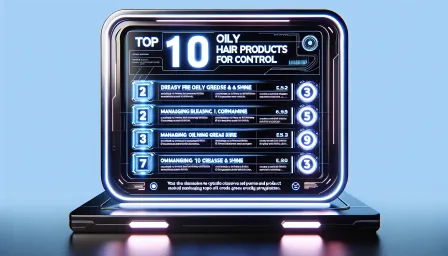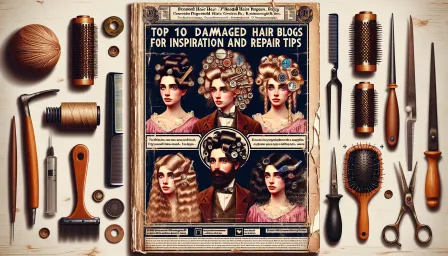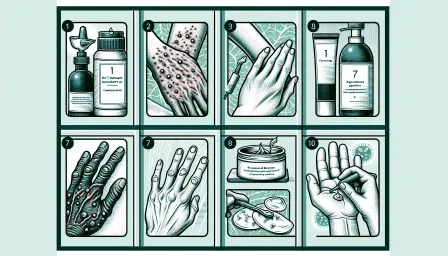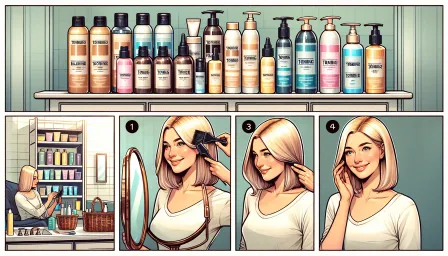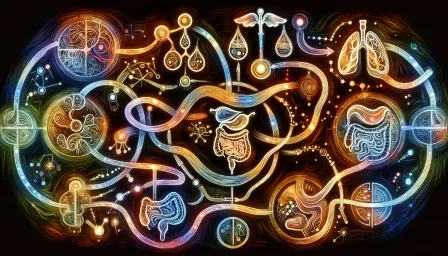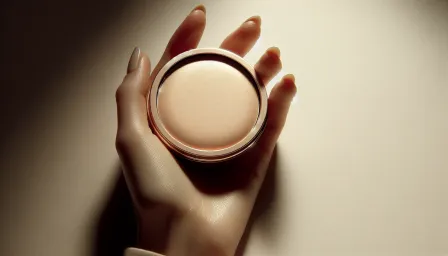Top 10 Effective Hair Growth Treatments for Alopecia

Discover the top 10 effective hair growth treatments for alopecia that are proven to promote hair regrowth and improve scalp health.
Alopecia, commonly known as hair loss, affects millions of people worldwide. While it can be distressing, advancements in dermatology and trichology have paved the way for numerous effective treatments to combat hair loss. This article discusses the top 10 hair growth treatments for alopecia, providing solutions to help reclaim your hair and boost your confidence.
1. Minoxidil (Rogaine)
Minoxidil, commonly known by the brand name Rogaine, is a widely-used topical treatment for alopecia. It is FDA-approved for both men and women and works by stimulating hair follicles and extending the growth phase of the hair cycle.
How It Works
Minoxidil increases blood flow to hair follicles, enhancing their size and prolonging the growth phase. For effective results, apply it consistently to the scalp as directed by a healthcare provider.
2. Finasteride (Propecia)
Finasteride, sold under the brand name Propecia, is an oral medication primarily used to treat male pattern baldness. It is particularly effective for hair loss at the crown and middle of the scalp.
How It Works
Finasteride works by inhibiting the enzyme 5-alpha reductase, which converts testosterone to dihydrotestosterone (DHT). Reducing DHT levels helps prevent hair follicle miniaturization.
3. Platelet-Rich Plasma (PRP) Therapy
PRP therapy involves using a patient's own blood, separating the platelets, and injecting them into the scalp. PRP is known for its regenerative properties and can stimulate hair growth.
How It Works
The platelets contain growth factors that promote the healing and regeneration of tissues, including hair follicles. This treatment is often used in conjunction with other hair growth therapies.
4. Low-Level Laser Therapy (LLLT)
LLLT, also known as red light therapy, uses low-level lasers to stimulate hair growth. It's a non-invasive treatment suitable for both men and women.
How It Works
LLLT increases blood circulation to the scalp and enhances cellular activity, promoting hair follicle health and encouraging hair regrowth.
5. Hair Transplant Surgery
For those with significant hair loss, hair transplant surgery is a viable option. This procedure involves transplanting hair follicles from one part of the body to the balding areas.
How It Works
There are two main methods: Follicular Unit Transplantation (FUT) and Follicular Unit Extraction (FUE). Both methods provide natural-looking and permanent results.
6. Corticosteroid Injections
Corticosteroid injections are commonly used for alopecia areata, an autoimmune condition causing patchy hair loss. These injections help reduce inflammation and encourage hair regrowth.
How It Works
By injecting corticosteroids directly into the affected areas of the scalp, inflammation is reduced, allowing hair follicles to recover and promote hair regrowth.
7. Anthralin
Anthralin is a topical medication used to treat alopecia areata. It helps normalize skin cell production and is commonly used in combination with other treatments.
How It Works
Applied to the scalp, anthralin can modulate immune response, reducing inflammation and supporting hair regrowth.
8. Nutritional Supplements
Nutritional deficiencies can exacerbate hair loss. Supplements like biotin, vitamin D, zinc, and iron play a crucial role in maintaining healthy hair.
How They Work
These supplements support overall health and specifically target the nutritional needs of hair follicles, promoting stronger and fuller hair.
9. Essential Oils
Essential oils like rosemary, peppermint, and lavender have been known for their hair growth-promoting properties. They can be used as part of a scalp massage or added to shampoos.
How They Work
These oils improve blood circulation to the scalp, have anti-inflammatory properties, and provide a stimulating environment for hair follicles.
10. Scalp Micropigmentation (SMP)
SMP is a non-surgical procedure that involves implanting pigment into the scalp to create the appearance of hair follicles. It is particularly effective for those with thinning hair.
How It Works
SMP can provide the illusion of fuller hair and can also be used to cover scars from hair transplant surgery.
Conclusion
Hair loss can be a challenging experience, but with the right treatment options, it's possible to promote hair growth and restore your confidence. From FDA-approved medications like Minoxidil and Finasteride to advanced therapies like PRP and LLLT, there are numerous effective treatments available. Consult with a healthcare provider to determine the best treatment plan tailored to your specific needs. By taking proactive steps, you can manage alopecia and enjoy healthier, fuller hair.




